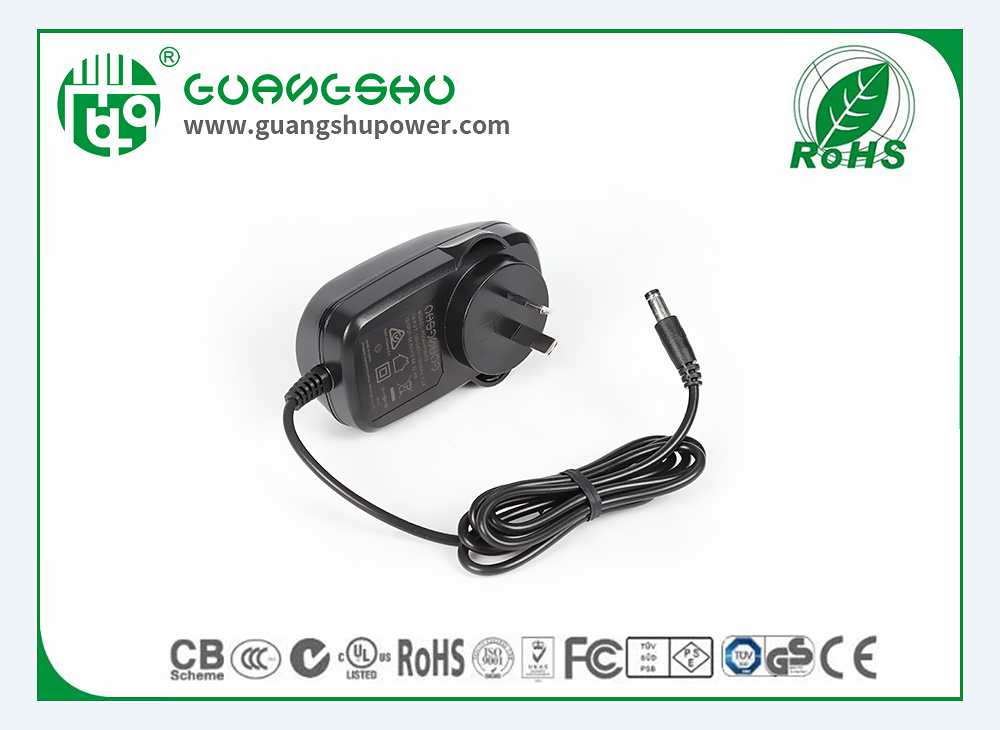Time:2024-09-06 Views:0

Power plugs can be roughly divided into conversion power plugs, injection molded power plugs, and assembly power plugs.
Conversion power plug: The power plug standards vary in each country. For example, Chinese power plugs cannot be used when sent to the United States. A conversion plug is required to complete the conversion. This requires switching the power plug. Converting a power plug is to convert one national standard plug into another national standard power plug
More than 0% of them are this type of power plug.
Assembling power plug: Assembling a plug refers to fixing the power cord and plug together with screws, but can be assembled and disassembled during use to ensure the flexibility of the power plug. For example, a large part of this assembled power plug is used in the UK market.
Power plugs can generally be divided into 2-core power plugs, 3-core power plugs, and multi-core power plugs.
2-core power plug: As the name suggests, a 2-core power plug means that the plug has two plugs or two pins. The specific inserts or pins are different from each national standard. For example, China has two inlays and Europe has two round pins.
3-core power plug: As the name suggests, a 3-core power plug means that the plug has 3 plugs or 3 pins or 2 plugs or 2 pins plus a grounding hole. This structure is more complex than a 2-core power plug. There are significant requirements for the size and diameter of the pins, and the length and distance between the pins have been taken into account.
Multi core power plug: This type of multi-core power plug is more complex. The choice between 4-core and 5-core power plugs should be considered based on customer requirements and actual situations.
Read recommendations:
12.8V US standard battery charger
12V1A side plug British standard